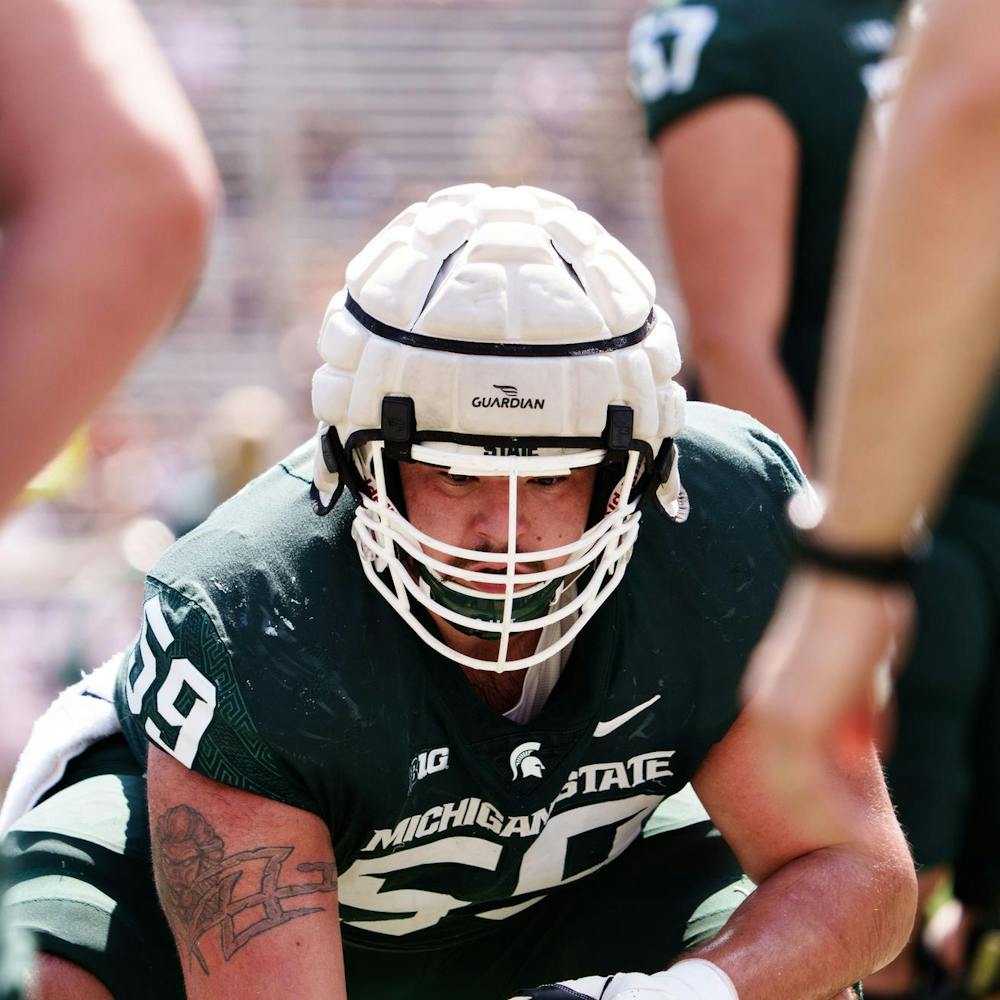“White Christmas: The Musical” is a momentarily sweet, later sour Broadway production based on Michael Curtiz’s 1954 film “White Christmas” starring Bing Crosby. The narrative is about Bob Wallace (Stephen Bogardus) and Phil Davis (David Elder), two song-and-dance men who served under Gen. Waverly (Barry Flatman) in the Army during World War II.
About 10 years after the war, we see Wallace and Davis performing together as full-time showmen. Wallace is down on love, while Davis is a womanizing fiend. Davis, who’s set on finding a soulmate for his friend, introduces Wallace to Betty (Kerry O’ Malley) and Judy Haynes (Megan Sikora), two sisters who also perform in show business. Davis hits it off with Judy, while the romance between Betty and Bob is more of a mystery.
When Betty and Judy head to a Vermont lodge to perform a holiday show, Davis and Wallace follow. When they arrive, they find their former commander, Gen. Waverly, is the lodge owner. In classic musical-romance form, misunderstandings ensue as the group bands together to deliver a special treat to the General for Christmas.
Bogardus is no Bing Crosby — who is? — but he shares the same stage presence Crosby had on screen. Bogardus’ thin but sturdy voice resonates at times but, when compared to the belching blasts of Crosby, the title song, “White Christmas,” isn’t as nostalgic or full-sounding as it could be.
That said, Bogardus’ interpretation of Wallace slowly grows on you, and by the time he begins to sing “Count Your Blessings Instead Of Sheep,” comparisons to Crosby start to fade.
The “Count Your Blessings Instead of Sheep” number also features the most beautiful bit of set design the show has to offer. Wallace sings on the porch of the lodge under a twinkling backdrop full of stars. The sets in general are lush and finely detailed, turning Wharton Center into a rustic barn, a homey inn, a restaurant and a train car, along with other atmospheres.
Elder and Sikora stand out in their roles, breathing lungfuls of fresh air into the show while performing. They play their roles with all the excitement and energy that comes with Christmas. Their “The Best Things Happen While You’re Dancing” number is perhaps the strongest musical sequence in the production.
The problem with “White Christmas: The Musical” isn’t the execution; it’s the dialogue and the structure of the story. David Ives and Paul Blake’s script is distant and comes off as so hyper-commercialized and artificial that conversations in the production become even more campy than the film, without the antique charm. Just remember — not everything translates to live performance.
While a lot of the one-liners fall flat on their face, luckily, the dancers don’t. The musical numbers are more or less fantastic, and when Irving Berlin provides the music, it’s hard to misfire musically.
However, the insertion of Berlin’s “I Love a Piano” brought a stale taste — like that of molded egg nog — to my mouth. The song, which isn’t even in the “White Christmas” film (it’s in “Easter Parade,” another holiday-inspired film), belongs to Judy Garland — and I don’t care to hear it in any other voice.
All was reconciled when snow began to fall on the audience from above. In a joyful moment, little children reached out to grab the fake flurries, and all seemed right with the colorfully decked-out, emotionally stripped-down world.
Support student media!
Please consider donating to The State News and help fund the future of journalism.
Discussion
Share and discuss “Broadway brings Christmas classic to campus” on social media.





